On the eve of the International Day of Monuments and Historical Sites, the WAC web information portal interviewed the Deputy Minister of Culture and Protection of Historical and Cultural Heritage of Abkhazia Batal Kobakhia, who spoke about the challenges and successes in the field of preserving cultural heritage.
Interview by Said Bargandzhia.
The Deputy Minister of Culture and Protection of Historical and Cultural Heritage of the Republic of Abkhazia Batal Kobakhia told the WAC web information portal about the problems of preserving the historical and cultural heritage of Abkhazia, the legal regulation of these issues, who is responsible for the restoration and protection of cultural monuments, the newly opened sites and many other things.
- This year, the program on the inventory of objects of historical and cultural heritage of Abkhazia is being completed. How long did the program last, at what stage is it now and what intermediate results can we see?
- In December 2014, in the process of reorganizing the authorities, the Ministry of Culture and the Directorate for the Protection of Objects of Historical and Cultural Heritage were merged into one department - the Ministry of Culture and Protection of Historical and Cultural Heritage of Abkhazia. Within the Ministry, the Department for the Protection of Historical and Cultural Heritage of the Republic was established.
At the very beginning of the work, we were faced with the fact that there was no expert information in the database for the registration of objects of historical and cultural heritage (HCH) on the assessment of insurance value, features of the architectural style, historical data, protection zones and borders of territories. Moreover, in accordance with the instructions for the registration of objects of HCH, for each object there should be about 20 types of various documents. We prepared a target program on “Inventory of the HCH real estate objects located in the territory of Abkhazia”, submitted it to the Cabinet of Ministers, and it was approved and funded. The implementation deadlines were originally designated from 2016 to 2018; however, for a number of objective reasons, the work was extended until 2019.
Throughout 2015, the department worked to systematize the available data on historical and cultural heritage sites. Previously, we had only the State list for HCH sites of the town of Sukhum. For the rest of the sites scattered throughout Abkhazia, we began a large-scale work. As a result, by the end of 2015, the State List of sites throughout the country was prepared, which consisted of 1,535 items. For many of them, we entered registration cards, took photographs, collected archival materials, prepared state certificates at the time of the audit, described features of the architectural style, and began work on creating passports, plans and drawings. Of course, not all objects have complete information, but work in this direction is underway. It is the Target Program that was focused on the inventory of all HCH objects in the State List.
– As far as is known, it is supposed to create a geographic information system that will allow each Internet user to view information on any cultural monument of Abkhazia. Is this system being prepared and when will it start?
– The geo-information system (GIS) for all the objects of historical and cultural heritage of Abkhazia is the apotheosis of the Target Program, which we are talking about. This is the use of the latest information technology. GIS is a program that will contain all the information we have on each object of the HCH. I hope that at the end of June, we will be able to present it, and it will be “posted” on the official website of the Ministry of Culture and the Protection of Historical and Cultural Heritage. With the beginning of the work of the geographic information system, we will definitely enter a new era in the field of access to information. To begin, we will publish full information about 150 objects and a partial about 550 cultural monuments.
– Does the Ministry have - now already specified - data on objects that need state protection? How does this data change, and why?
- Legal protection of cultural monuments is a very important work. We were all shocked by the news of the fire at Notre-Dame de Paris (talking about a recent large-scale fire at the Notre-Dame de Paris 15-16 April 2019 – ed.). I took this tragedy as a sign, or a “message from above” about the fragility of the cultural heritage, its relationship with man and dependence. After all, France was a legislator in the field of preserving cultural heritage, setting state protection and accounting for historical monuments. Already at the beginning of the 19th century, it was there that the General Inspectorate for the Protection of Monuments appeared. If Notre-Dame de Paris, one of the first relics of European cultural heritage, is unprotected, you can imagine what happens to our monuments.
For the first time the Society for the Protection of Monuments of Culture in Abkhazia was established in 1925. The first, most complete list of historical monuments was compiled by Vionor Pachulia in 1961, it included about 260 sites. Then Joseph Adzynba supplemented it already in 1967. Further, all the sites found were included in the so-called list of newly discovered monuments of historical and cultural heritage. Since 2015, after the adoption of the State list, which includes cultural objects from all over Abkhazia, to this day we have found about 400 more sites. Now we are preparing documentation on them in order to add them to the state list. I hope to finish this work before the end of the year, and then there will be about 2000 monuments of historical and cultural heritage. The list is most often supplemented by those sites that previously could not be noticed, but mainly due to archaeological objects found during field studies.
– As a result of several recent expeditions to the mountains of Abkhazia, new objects of cultural heritage have been discovered, even a book about them is being prepared for publication. Could you tell us a little more about what these monuments are and when to wait for the release of the book?
– These six expeditions took place in the framework of a joint project of the Ministry with the Foundation “Mountains of Abkhazia” (Foundation studying the mountains of Abkhazia – ed.) on the inventory of monuments in the mountainous part of Abkhazia. The expeditions took place on the Himtsa, Dzykhva, Bashkapsar passes and in Auadkhara. We found about 300 previously unknown or partially described objects of HCH.
Some constructions constitute a single building complex, so we grouped them together. Altogether there were eight complexes, each of which from 10 to 60 buildings. These are mainly stone structures, they are also called “shepherd's stations” or “atsanguara” (from the Abkhaz “fence of dwarfs” - ed.). This name is associated with the name of the mythological dwarf people of the Azans, since these buildings and shepherd hedges are small in size. They are located in the alpine and pre-alpine zones of high mountains of Abkhazia. At the beginning of the expeditions, we did not assume that there were so many of them, and literally came into a state of shock from the number of objects we saw, and the understanding that we still have to explore most of the mountains of Abkhazia. The publication of the book will take place this year. This will be a catalog in which we will publish a general description of these constructions, and then scientists will study some of them in more detail.
– To the question of “state of shock” from the number of objects. Is the number of monuments of cultural heritage measured in relation to the territory, population? That is, is it possible to say that for Abkhazia, small in every sense, the number of our monuments is an impressive figure?
– I often visit various forums and congresses, and I often say that in terms of concentration of objects of historical and cultural heritage, Abkhazia, perhaps, is a unique country. There is, of course, the question of the quality and significance of objects. Abkhazia is one of those countries of the world in which traces of the cultural heritage of all periods of human civilizations are present. We also have many objects related to communications of Abkhaz with other ethnic groups over the past three thousand years, their stay in our homeland. These are objects of ancient times, the Greco-Roman period, the presence of the Greeks, Romans, Byzantines. Turkish heritage is traced as well, which is reflected in certain architectural forms, ceramics. In more recent times, the Genoese, and the Russians, have left their presence since the 19th century. We must understand that all these monuments are associated with one or another period of stay in our territory of other nations and civilizations. There is a domain of the cultural heritage of Abkhazia and today it is precisely we, who bear the responsibility for its preservation. In this sense, we are quite a rich country with its own history.
– For the first time in the history of the Republic, the inventory value of 150 cultural sites was determined. What are these objects, what is their value?
– In fact, such work in Abkhazia was carried out for the first time. The lack of this information created many obstacles. For example, in the event of the destruction of a cultural heritage monument, no matter for what reasons and under what circumstances, we could not estimate the cost of restoration. Suppose a person harmed a cultural monument, we go to court, and a completely incomprehensible fault is determined as a punishment. An administrative fine ranges from 500 to 5,000 rubles. Of the 1,500 objects of cultural heritage, as you said, the inventory value was determined for 150, of which 23 are religious, such as the Lykhny temple or Bedia cathedral, and 127 are objects of civil architecture.
The list includes objects that are most valuable in terms of architectural features, their identity and exclusivity for our country was evaluated. Another selection criterion was the knowledge of the object, the availability of source documents for the study. The list also includes buildings that carry not so much architectural value as historical value due to the events that took place there, or the people who lived in them. Work on the insurance valuation of cultural heritage sites continues, I hope that next year we will be able to evaluate another 200 sites.
– What work is being done to restore monuments destroyed by the war or over time?
– Unfortunately, we do not have a special state-owned company that would deal with the restoration or conservation of sites of historical and cultural heritage. At one time, it was “Abkhazrestavratsiya”, which was closed due to the fact that for 18 years of work, it did not actually work once. We are thinking of restoring a state-owned company in which specialists would work: architects, historians, artists, and so on. If the object requiring restoration is the most significant, then it (restoration - ed.) falls on the shoulders of the central government agencies, if less, the restoration must be handled by local governments. If the object is privately owned, then according to the law, its restoration falls on the owner’s shoulders - after the approval of the restoration project of the relevant government agencies. However, never in the last 25 years has an item been introduced in the country's budget, providing for the restoration of objects of historical and cultural heritage. I've been trying to achieve this for four years now, but so far there are no results. On our part, many initiatives were proposed for the legal regulation of this sphere, some were taken, and some were not even considered. Today, in the parliament, amendments to the Law “On Historical and Cultural Heritage”, which provide for privileges and preferences to bona fide users, regulate the issues of privatization of objects and corresponding encumbrances are considered in the first reading. It will also be possible to work out a decision on the creation of a single State Fund for the storage and use of HCH.
– What objects of historical and cultural heritage of Abkhazia can claim to be World Heritage sites and thereby become UNESCO sites?
– Before we begin to talk about which of our objects can be included in the UNESCO list, we need to talk about the requirements of the organization itself. Many of our monuments meet the criteria of UNESCO for inclusion in the World Heritage List. However, in accordance with the Convention on the Protection of World Heritage, the state itself is primarily responsible for the preservation of objects of historical and cultural heritage. That is, if the state cannot bear full responsibility for the accounting, protection, restoration in accordance with international standards, UNESCO will not consider any project. Taking into account the situation that we have regarding the cultural monuments, we can say that we do not bear proper responsibility for them.
The second aspect is that the state should control this territory. Of course, we control this, but here, the question of international recognition [of the Republic of Abkhazia] arises, but, by the way, even in this political situation, UNESCO is ready to consider some options for the protection of monuments.
Another requirement of UNESCO to the monument is that its authenticity should not be damaged. We, of course, have such historical and cultural heritage monuments that could be included in the World Heritage List, for example, Dranda cathedral, Bedia сathedral, Pitsunda сathedral, Lykhny temple, Simon the Zealot temple, Anakopiya fortress and the Great Abkhaz wall, etc.
– Has the work begun on creating a register of displaced cultural property of Abkhazia?
– It has not started yet. Only in June of this year, we plan to organize an international round table dedicated to this issue. In general, it is necessary to discuss the issue of movement of cultural property during a common state, the Soviet period, for example, after separation, during wars and conflicts. We also need to discuss the problem of import and export of cultural property, including their illegal traffic. We still have a lot of work to do in detailing the displaced values, although some work in this direction has been going on for many years.
– What is the situation with non-material monuments of historical and cultural heritage, such as folklore, national cuisine, adjika, Abkhaz dances and others, which today are not fixed by law, but are an integral part of our culture and also need to be protected?
– We are working on this issue, namely the creation of a registry of non-material heritage. Everything must be fixed, any process must be codified. We have the “Nart Epos”, Circassians, Kabardians, Ossetians and Circassians also have it. I had an idea with which I presented to our Academy of Sciences. What if the subjects of Russia - the people who also have the Nart Epos, will unite and study it together with us?! They will find a variant of the development of the Nart Epos, when it was the same for all, and create a model of a certain stage of the Nart Epos, inherent in all these peoples. We are working on this idea; it has received so far the prior approval of many scientists.

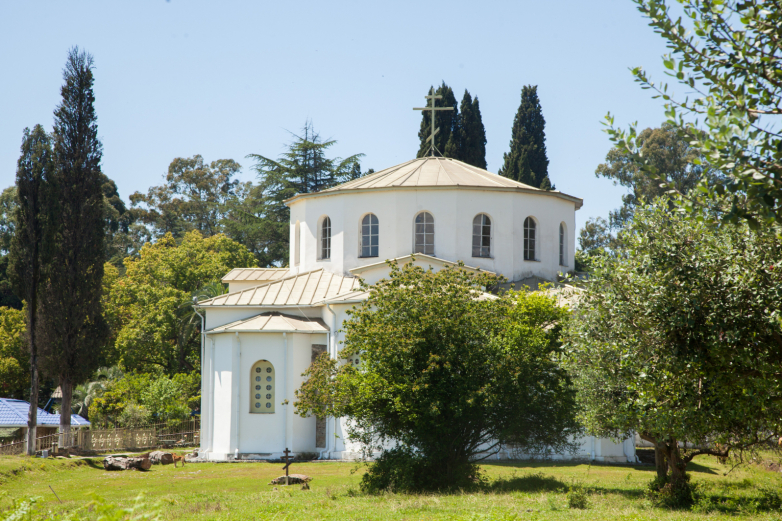
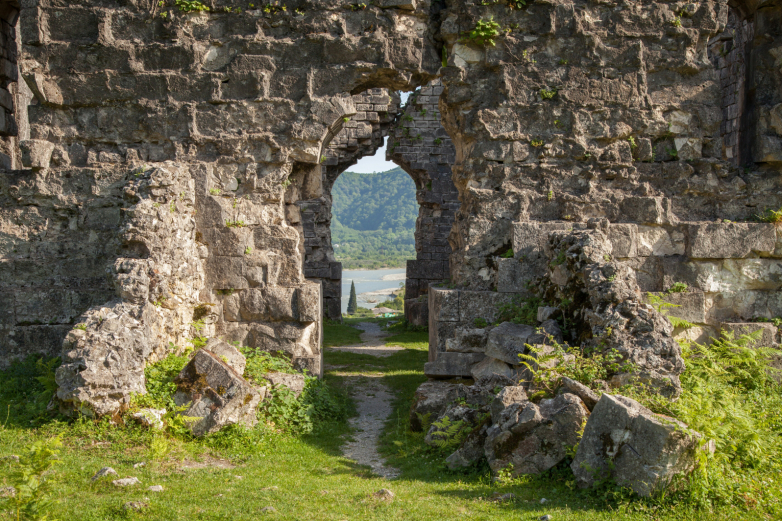
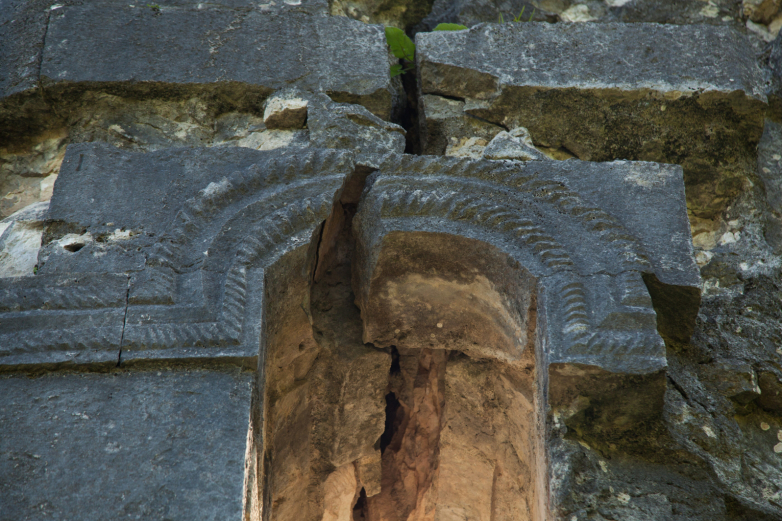
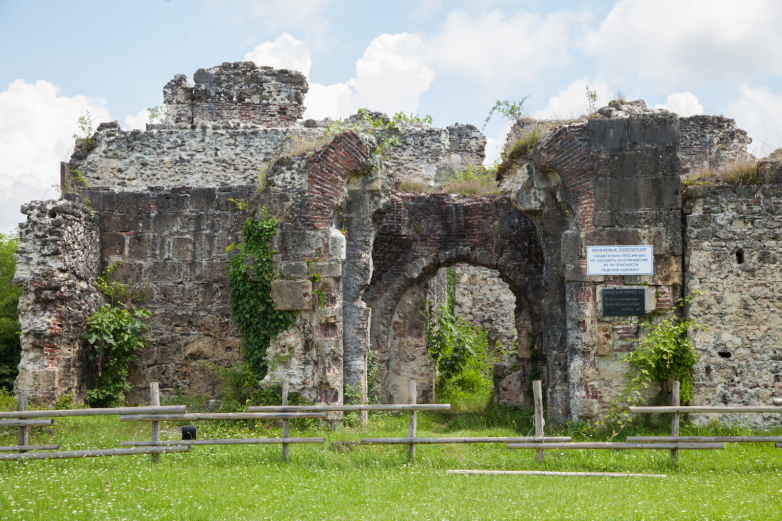


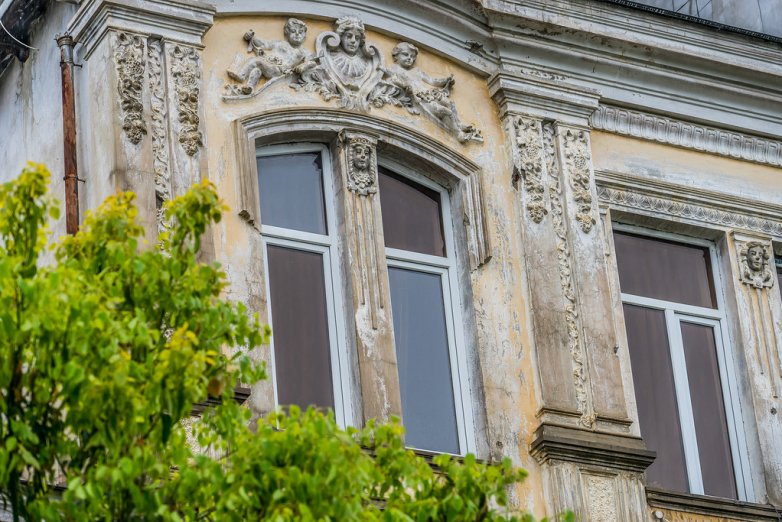
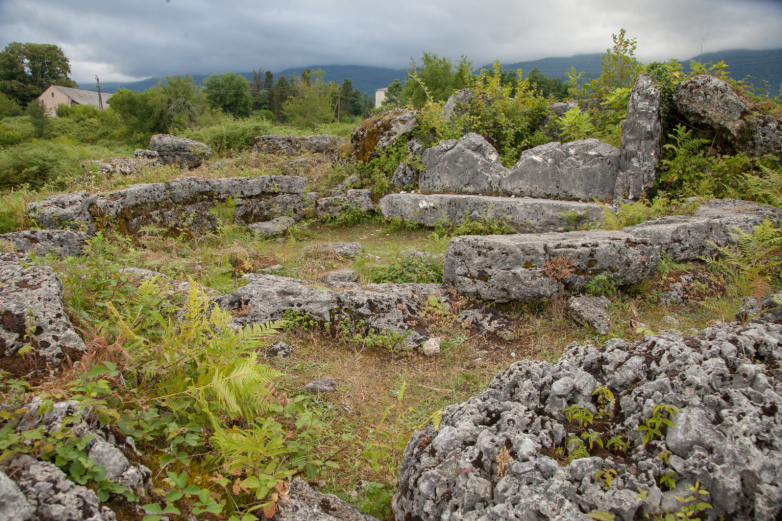
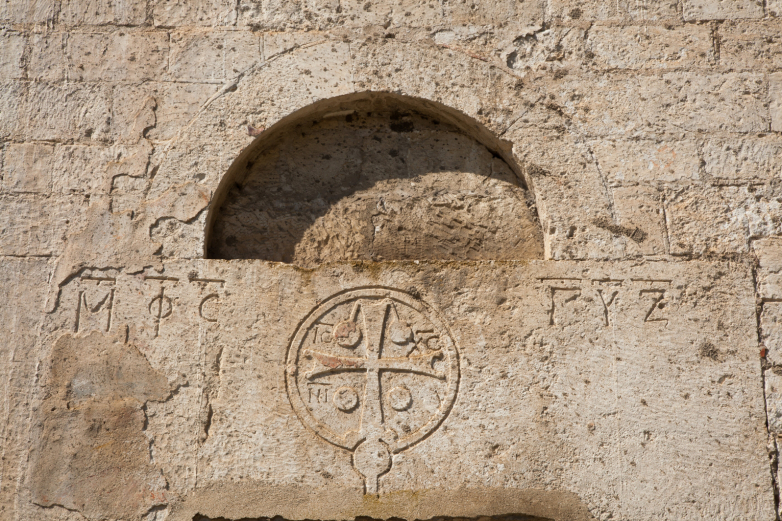
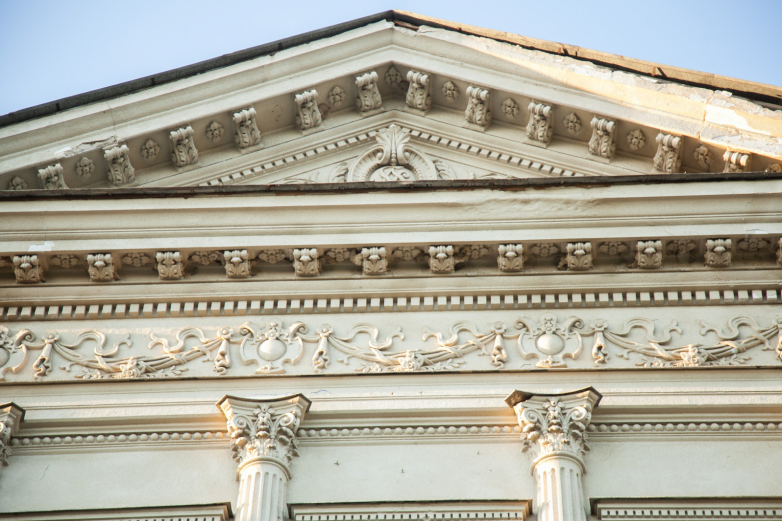
to login or register.